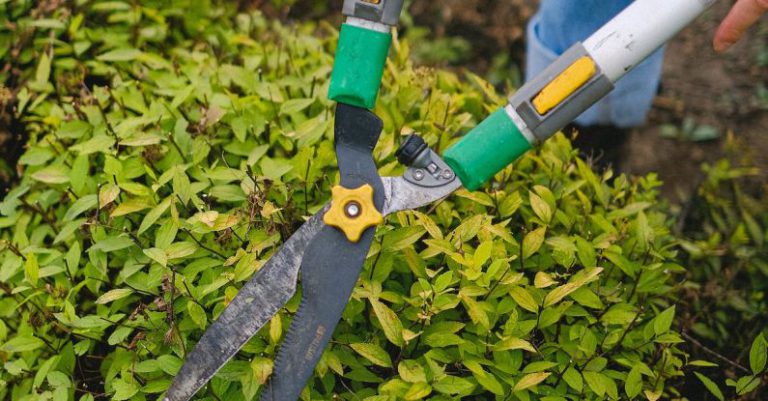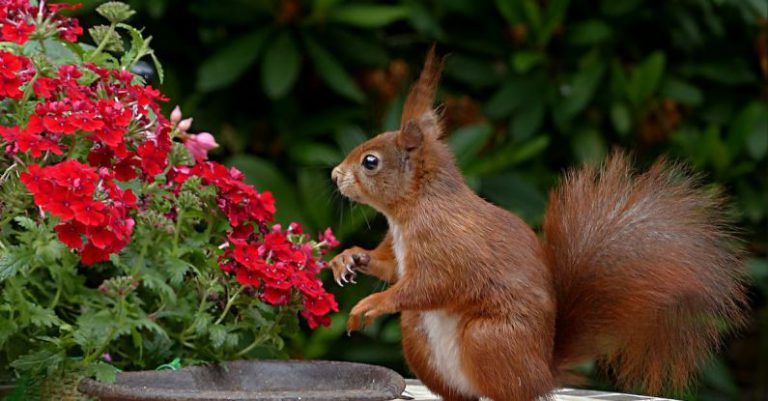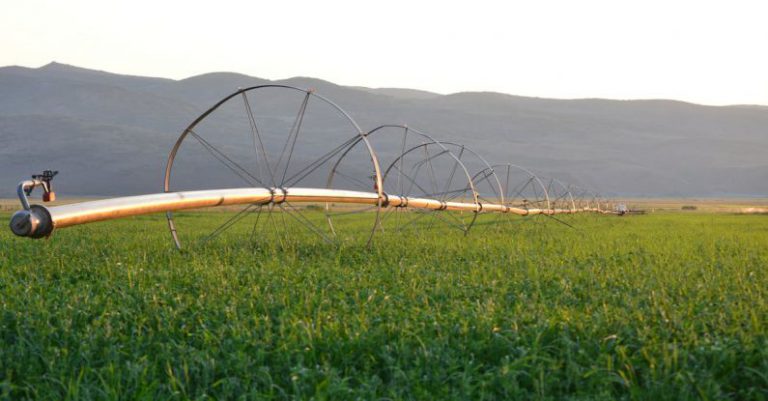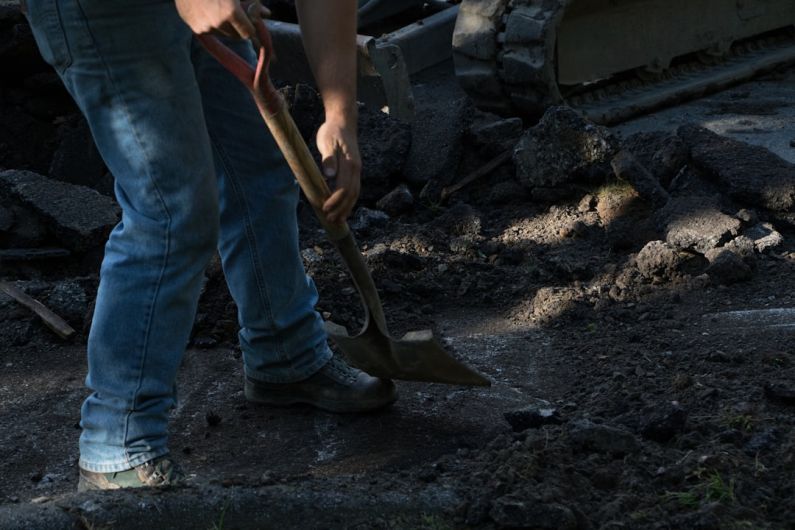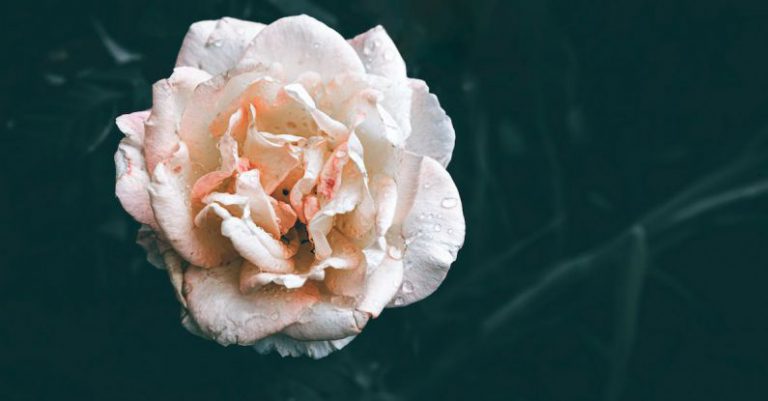Which Perennials Require the Least Maintenance?
Maintaining a garden can be a fulfilling and enjoyable activity, but it also requires a significant amount of time and effort. For those with busy lifestyles or limited gardening experience, choosing perennials that require the least maintenance can be a wise decision. These plants are known for their ability to thrive with minimal intervention, making them ideal for low-maintenance gardeners. In this article, we will explore some of the top perennials that require the least maintenance, allowing you to enjoy a beautiful garden without the stress and hassle.
Drought-Tolerant Perennials
One of the main reasons why certain perennials require less maintenance is their ability to tolerate dry conditions. These plants are well-suited to survive periods of drought, which means you won’t have to worry about constant watering and irrigation. Some popular drought-tolerant perennials include lavender, yarrow, and sedum. These plants have adapted to survive in arid environments, making them perfect for those who live in regions with limited rainfall.
Low-Growing Groundcovers
If you’re looking for perennials that require minimal maintenance, consider incorporating low-growing groundcovers into your garden. These plants not only add visual interest but also help smother weeds and reduce the need for frequent mowing. Creeping thyme, ajuga, and vinca minor are excellent examples of low-growing groundcovers that require little upkeep. Once established, they spread quickly and provide a lush carpet-like cover, making them an excellent choice for low-maintenance gardening.
Native Perennials
Choosing native perennials is another smart strategy for reducing maintenance in your garden. Native plants are naturally adapted to the local climate and soil conditions, making them more resilient and less dependent on human intervention. They have evolved to survive in the region’s specific ecosystem, which means they require less water, fertilizer, and pest control. Some popular native perennials include black-eyed Susans, coneflowers, and butterfly weed. By incorporating these plants into your garden, you’ll be supporting local biodiversity while minimizing your gardening efforts.
Long-Blooming Perennials
For those who want a garden that consistently blooms throughout the season without much maintenance, long-blooming perennials are the way to go. These plants have extended flowering periods, ensuring your garden remains vibrant and colorful for an extended period. Some examples of long-blooming perennials include daylilies, coreopsis, and dianthus. With their ability to produce flowers for several weeks or even months, these plants require less deadheading and pruning, making them an excellent choice for low-maintenance gardening.
Easy-to-Divide Perennials
Over time, perennials can become overcrowded and start to decline, requiring division to rejuvenate. However, some perennials are more forgiving when it comes to division and can be easily propagated without much effort. Easy-to-divide perennials include hostas, asters, and rudbeckias. These plants have robust root systems that respond well to division, allowing you to expand your garden or share with friends and neighbors. By choosing perennials that are easy to divide, you can save time and effort while maintaining a healthy garden.
In conclusion, maintaining a garden doesn’t have to be a time-consuming and labor-intensive task. By choosing perennials that require the least maintenance, you can enjoy a beautiful garden without the stress and hassle. Drought-tolerant perennials, low-growing groundcovers, native plants, long-blooming varieties, and easy-to-divide perennials are all excellent choices for low-maintenance gardening. With these plants, you can spend more time enjoying your garden and less time tending to it. So why not make your gardening experience more relaxed and rewarding by incorporating these low-maintenance perennials into your garden?


